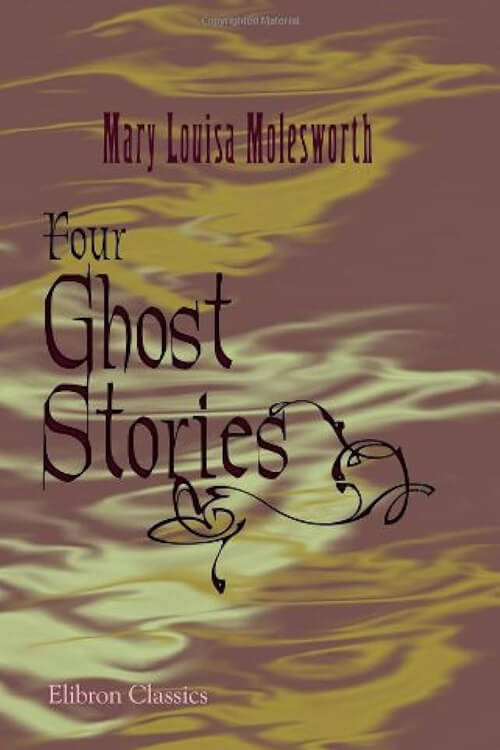
A Woman Named Smith
If it had been humanly possible for Great-Aunt Sophronisba Scarlett to lug her place in Hyndsville, South Carolina, along with her into the next world, plump it squarely in the middle of the Elysian Fields, plaster it over with “No Trespassing” signs, and then settle herself down to a blissful eternity of serving writs upon the angels for flying over her fences without permission, and setting the saved by the ears in general, she would have done so and felt that heaven was almost as desirable a place as South Carolina. But even she couldn’t impose her will upon the next world. There was nobody in this one she hated less than she did me—possibly because she had never laid eyes on me—she willed me Hynds House and what was left of the Hynds fortune, tying this string to her legacy: I must occupy Hynds House within six months, and I couldn’t rent it, or attempt to sell it, without forfeiture of the entire estate.
I can fancy the ancient beldam sniggering sardonically. At the same time, she figured to herself the chagrined astonishment, the helpless wrath, of her watchfully waiting neighbours when they should discover that historic Hynds House, dating from the beginning of things Carolinian, had passed into the unpedigreed hands of a woman named Smith. I can fancy her balefully exact perception of the attitude so radically conservative a community must assume toward such an intruder as myself, imposed upon it, so to speak, by an enemy who never failed to turn the trick. Because I’m not a Hynds at all. Great Aunt Sophronisba was my aunt not by blood but by marriage; when she was no longer known as a spring chicken, she met my Great-Uncle Johnny Scarlett and scandalized all of Hyndsville by marrying him out of hand.
Read or download Book
Marie Conway Oemler
Marie Conway Oemler (May 29, 1879 – June 7, 1932) was an American author from Georgia.
Biography.
She wrote numerous books and contributed to publications, including The Century Magazine, Harper’s Bazaar, Women’s Home Companion, and Ladies Home Journal. Her books Slippy McGee and A Woman Named Smith are part of the Library of Congress Collection and have been digitized. Three films have been adapted from her novels. Born Marie Conway in Savannah, Georgia, on May 29, 1879, she was the daughter of Helena Browne Conway and Richard Hoban Conway. Her maternal grandmother was born in Tipperary, Ireland, and taught her about Irish folklore and fairy tales throughout her childhood. Her paternal grandfather was an amateur naturalist. As a child, she lived with him in Florida, where she first met a Red Admiral, a butterfly that had an essential role in her book The Purple Heights. Oemler’s first works were poetry and short stories published in magazines from 1907 to 1917.
Her first book, Slippy McGee, was published in 1917 and initially had slow sales. However, it had repeated printings and became Oemler’s most famous novel. In 1919, Oemler’s novel A Woman Named Smith was published. The book focuses on a love story set in a haunted house in the South. Her next book, The Purple Heights (1920), became a bestseller. She wrote the 1927 novel The Holy Lover, focusing on John Wesley, an 18th-century English religious leader. A historical novel, this work deviated from the popular fiction she created during most of her career and stood alone as her most profound work. Her stories were written to appeal to wider audiences, using sensationalist adventure, romance, and suspense in her plots. Her book Where the Young Child Was is a collection of Christmas-themed stories.






